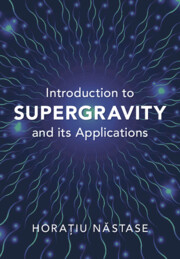References
Published online by Cambridge University Press: 14 November 2024
Summary

Information
- Type
- Chapter
- Information
- Introduction to Supergravity and its Applications , pp. 415 - 420Publisher: Cambridge University PressPrint publication year: 2024
